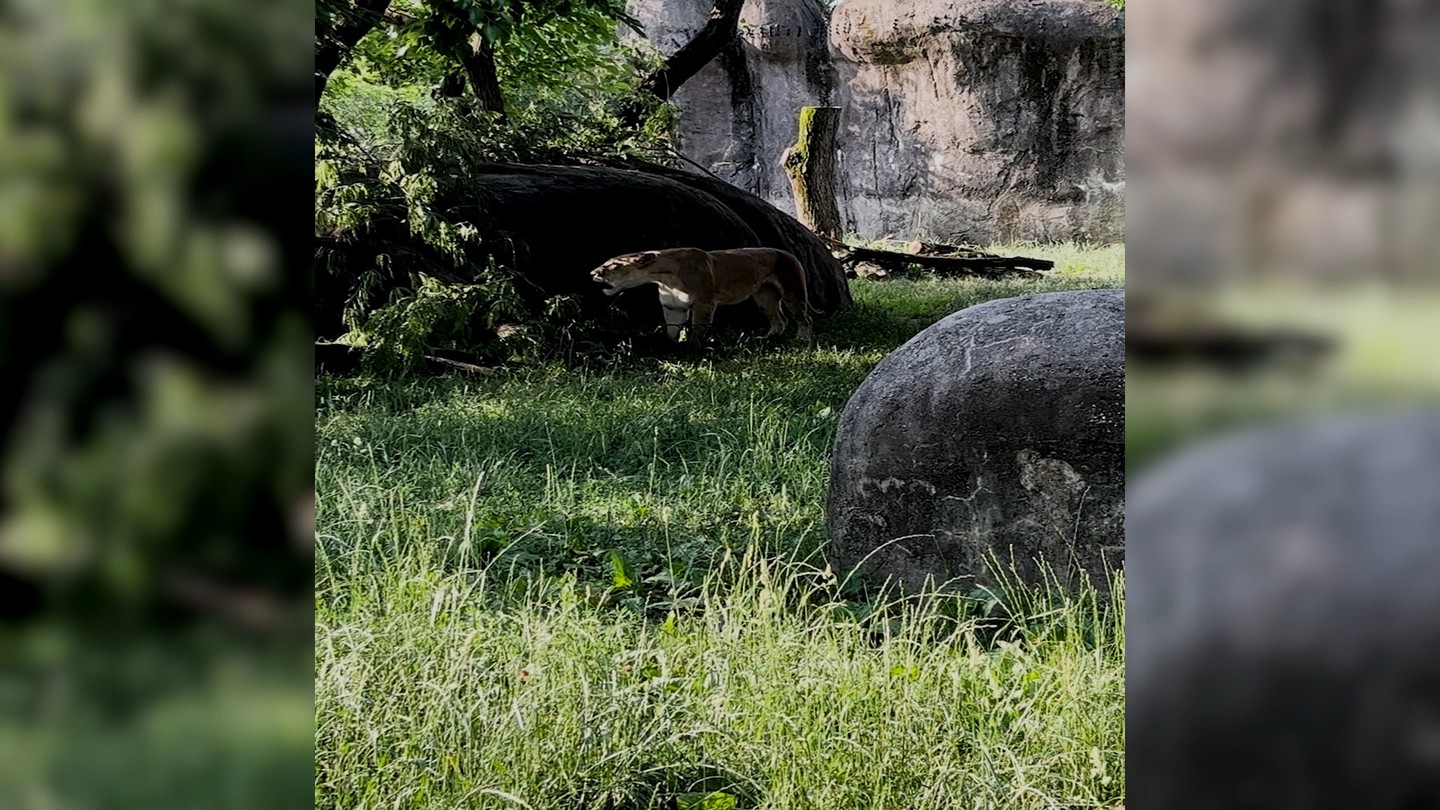Starting the day with a roar! 🦁
Summary:
1. The lion’s roar can be heard from as far as 5 miles away.
2. The roar serves as a territorial marker and communication tool.
3. Lions can produce different types of vocalizations.
4. Roaring helps male lions establish their dominance.
5. The roar has a unique and powerful sound that captivates humans and animals alike.
🔊Sound on! Starting the day with a roar! 🦁
The lion’s roar is one of nature’s most captivating sounds. Powerful and majestic, it can be heard from as far as 5 miles away, resonating through the African savannah and leaving no doubt that the king of the jungle is awake and ready to start his day.
But what makes the lion’s roar so unique and fascinating? Let’s dive into the fascinating world of these majestic creatures and explore the secrets behind their awe-inspiring vocal abilities.
Firstly, it’s important to understand that the roar serves multiple purposes for lions. It is a territorial marker, a means of communication, and a display of dominance. When a lion roars, it sends a clear message to other lions in the area that this territory is claimed and defended. The deep, guttural sound of the roar can travel long distances, allowing lions to establish their presence in vast areas of the savannah.
But what exactly makes the lion’s roar so audibly powerful? It all comes down to the unique structure of their vocal apparatus. Lions possess a specialized larynx and long, muscular vocal folds, allowing them to produce deep, resonant sounds that can carry long distances. This, combined with their large, well-developed chest and strong diaphragm muscles, gives their roar an incredible volume and intensity.
Interestingly, lions can produce different vocalizations, each serving a specific purpose. Apart from the iconic roar, they can also emit various other sounds, such as grunting, moaning, growling, and even purring. These vocalizations are used in different contexts, from communicating with pride members to expressing contentment or aggression.
The roar also plays a crucial role in establishing dominance among male lions. The loudest and most robust roar often belongs to the dominant male in a pride. He asserts his dominance by emitting a powerful roar and warns rival males to stay away. It’s a display of strength and authority designed to maintain his reign as the head of the pride.
The lion’s roar can remarkably captivate both humans and animals. Its deep, rumbling sound reverberates through the air, sending shivers down your spine and reminding you of nature’s power. It is a sound immortalized in books, movies, and our collective imagination as a symbol of strength, courage, and wild beauty.
Imagine standing on the African savannah, the early morning sun casting a golden hue over the landscape. Suddenly, a powerful roar cuts through the silence, reverberating through your body. It’s a primal, awe-inspiring experience that connects you to the untamed wilderness.
And it’s not just humans who are spellbound by this majestic sound. Animals in the vicinity, from impalas to zebras, freeze in their tracks, their instincts telling them that the king of the jungle is near. The roar commands attention and respect, a testament to the lion’s position as a top predator in its ecosystem.
In conclusion, the lion’s roar is a symphony of power, authority, and communication. It serves as a territorial marker, a means of communication, and a display of dominance. Its unique structure and powerful sound make it one of nature’s most fascinating and captivating vocalizations. So, next time you hear a lion’s mighty roar, take a moment to appreciate the primal beauty of this extraordinary sound.
*****
Source Description
🔊Sound on! Starting the day with a roar! 🦁
A lion’s roar can be heard from as far as 5 miles away.


